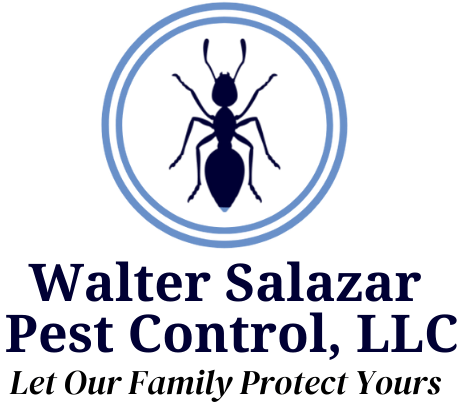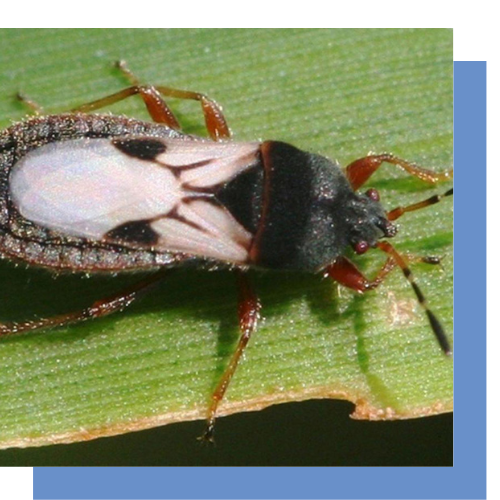There are few things more frustrating on a property than the destruction of a fresh, vibrant green lawn for Florida homeowners. Chinch bugs are the most damaging pests of turfgrass, causing millions of dollars in damages annually. Often incorrectly attributed to drought or fungus, a chinch bug infestation results in large, discolored patches of dead grass. Such patches are typically circular and grow over time.
Chinch Bug reports go way back to 1783, and their reign of terror has only grown since. Central and southern counties are the most susceptible to their wrath. These pesky insects thrive in the warm and humid summer environment, peaking in early July. Adults can live up to 70 days in pristine conditions, though the average lifespan is around 49 days. Due to a thick thatch layer development, these bugs are especially attracted to over-watered or over-fertilized lawns or grass cultivated on high, dry, sandy, or shell soil. Not only do they kill grass plants by feeding on plant fluid within the leaf sheath, but they also contribute to weed invasion. As such, you should look to eradicate bug populations at the first sign.
How To Identify A Chinch Bug Infestation
Since there are numerous causes of dead grass, it can be challenging to identify when chinch bugs are the primary cause. Moreover, they are easy to confuse with other insects. In their infancy, young nymphs are reddish-orange with a white band across their back. As they mature, their color darkens. Adult bugs have black bodies, with wings characterized by a triangular-shaped marking at their outer edge. Typically, they range from 1/8th to 1/10th of an inch long, with folded wings. Though they retain their ability to fly, most do not utilize flight for dispersal. When they need to relocate, they can traverse over 400 feet in just an hour.
Living up to two months, adult females lay four or five eggs a day—adding up to 250-300 eggs in a lifetime. During a full-blown infestation, bugs can be seen running over blades of grass; however, their activity is usually a little more conspicuous. If you suspect an infestation, try disturbing the grass to send them scurrying. You may need to pull out individual plants near yellowed areas to investigate the sheath for bugs.
Save Your Lawn From Chinch Bugs
One of the critical aspects of controlling chinch bug infestations is to stop it early before it completely envelops your lawn. Unfortunately, most populations have developed resistance to pesticides, making single applications ineffective. Many of the chemicals that kill the bugs do not affect their eggs. Thus, a new population can emerge even after dealing with an existing one.
The best way to deal with a chinch bug infestation is to have a pest control company assess the issue as soon as possible. At Walter Salazar Pest Control, our applicators are professionally trained and knowledgeable regarding effective treatment.
Contact us today to keep your lawn pristine and chinch bug-free.


